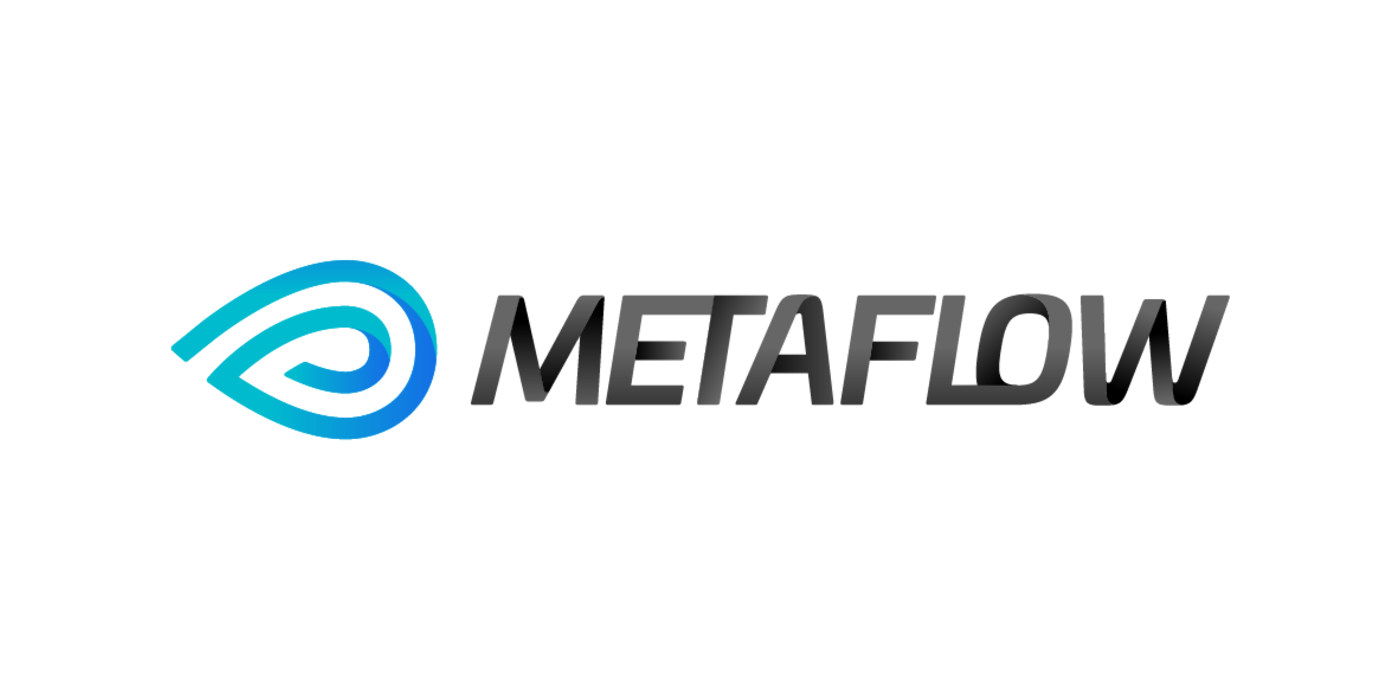In recent years, the field of machine learning has evolved rapidly, introducing new tools and frameworks to enhance efficiency and scalability. One such revolutionary tool is Metaflow, developed by Netflix to streamline the machine learning workflow. With its ability to manage data science pipelines seamlessly, Metaflow is becoming a game-changer in the industry. This article explores the significance of Metaflow, its benefits, and its impact on data science, while also discussing how businesses, including those focusing on Best Online Shopping Websites in the USA, can leverage it to optimize their operations.
What is Metaflow?
Metaflow is an open-source framework designed to simplify the process of developing and deploying machine learning models. It allows data scientists and engineers to build scalable, reproducible, and manageable ML workflows. With a strong emphasis on user-friendliness and automation, Metaflow helps companies integrate machine learning into their business strategies efficiently.
Key Features of Metaflow:
- Scalability: Allows smooth handling of large datasets and complex computations.
- Versioning: Ensures reproducibility by tracking all workflow changes.
- Cloud Integration: Supports AWS and other cloud-based infrastructures.
- Data Management: Simplifies data flow and storage.
- Workflow Automation: Enables end-to-end pipeline management.
How Metaflow Enhances Machine Learning Workflows
Machine learning workflows often involve several challenges, including data preprocessing, model training, evaluation, and deployment. Metaflow addresses these issues through its flexible architecture, enabling seamless collaboration between data scientists and engineers. Whether working on an AI-powered recommendation system for Best Online Shopping Websites in the USA or developing predictive models for customer behavior, Metaflow ensures smooth and efficient processes.
Benefits of Using Metaflow
1. Improved Efficiency
Metaflow simplifies the ML pipeline by automating repetitive tasks. This allows data scientists to focus on refining models rather than managing infrastructure.
2. Better Collaboration
With its built-in versioning and data lineage tracking, Metaflow enhances teamwork, making it easier for multiple users to work on the same project without conflicts.
3. Scalability for Big Data
Businesses that operate large-scale platforms, such as Best Online Shopping Websites in the USA, deal with vast amounts of data. Metaflow helps manage and analyze this data efficiently, leading to better decision-making.
4. Seamless Deployment
Deploying machine learning models can be complex, but Metaflow simplifies this process by integrating with cloud services, ensuring smooth transitions from development to production.
Applications of Metaflow in Various Industries
Metaflow’s versatility allows its use across different sectors, including e-commerce, healthcare, finance, and technology.
1. E-commerce
For businesses in the e-commerce sector, including Best Online Shopping Websites in the USA, Metaflow can help optimize product recommendations, detect fraudulent transactions, and enhance customer experiences through AI-driven insights.
2. Healthcare
Metaflow enables healthcare organizations to develop predictive models for disease diagnosis, patient monitoring, and personalized treatment recommendations.
3. Finance
Financial institutions can use Metaflow for risk assessment, fraud detection, and algorithmic trading, ensuring more secure and efficient operations.
4. Technology and AI
Tech companies use Metaflow to enhance natural language processing (NLP), image recognition, and other AI-powered applications.
How Businesses Can Adopt Metaflow
To integrate Metaflow into existing machine learning pipelines, businesses should follow these steps:
- Installation & Setup: Install Metaflow using Python and configure it with cloud services like AWS.
- Defining Workflows: Structure ML workflows with Metaflow’s step-by-step approach.
- Data Management: Utilize Metaflow’s built-in data tracking and versioning features.
- Model Training & Evaluation: Use Metaflow to train models efficiently while monitoring performance.
- Deployment: Deploy models seamlessly with cloud-based solutions.
- Continuous Monitoring & Improvement: Regularly update and refine ML models for optimal performance.
Future of Metaflow in Machine Learning
As machine learning continues to advance, frameworks like Metaflow will play a crucial role in making AI more accessible and efficient. With growing adoption across various industries, businesses will increasingly rely on Metaflow to streamline their ML workflows and improve outcomes.
Conclusion
Metaflow is transforming the way data scientists and businesses approach machine learning by providing a robust, scalable, and user-friendly platform. Whether for e-commerce, finance, healthcare, or technology, its benefits are undeniable. Companies, including those in the domain of Best Online Shopping Websites in the USA, can leverage Metaflow to enhance data-driven decision-making and stay ahead of the competition.
FAQs
- What is Metaflow used for?
- Metaflow is used to build, manage, and deploy machine learning workflows efficiently.
- Who developed Metaflow?
- Netflix developed Metaflow to streamline ML operations and enhance scalability.
- How does Metaflow benefit businesses?
- It improves efficiency, scalability, and collaboration in machine learning projects.
- Can Metaflow be used for deep learning?
- Yes, Metaflow supports deep learning frameworks and simplifies model management.
- Is Metaflow open-source?
- Yes, Metaflow is an open-source framework available for free.
- How does Metaflow integrate with cloud services?
- Metaflow integrates with AWS, allowing seamless cloud-based workflows.
- Is Metaflow suitable for beginners?
- Yes, it is user-friendly and offers comprehensive documentation.
- How does Metaflow handle data versioning?
- It tracks all changes and ensures reproducibility of ML experiments.
- What industries use Metaflow?
- It is widely used in e-commerce, healthcare, finance, and technology sectors.
- How can I start using Metaflow?
- Install it via Python, explore its documentation, and integrate it into your ML projects.




